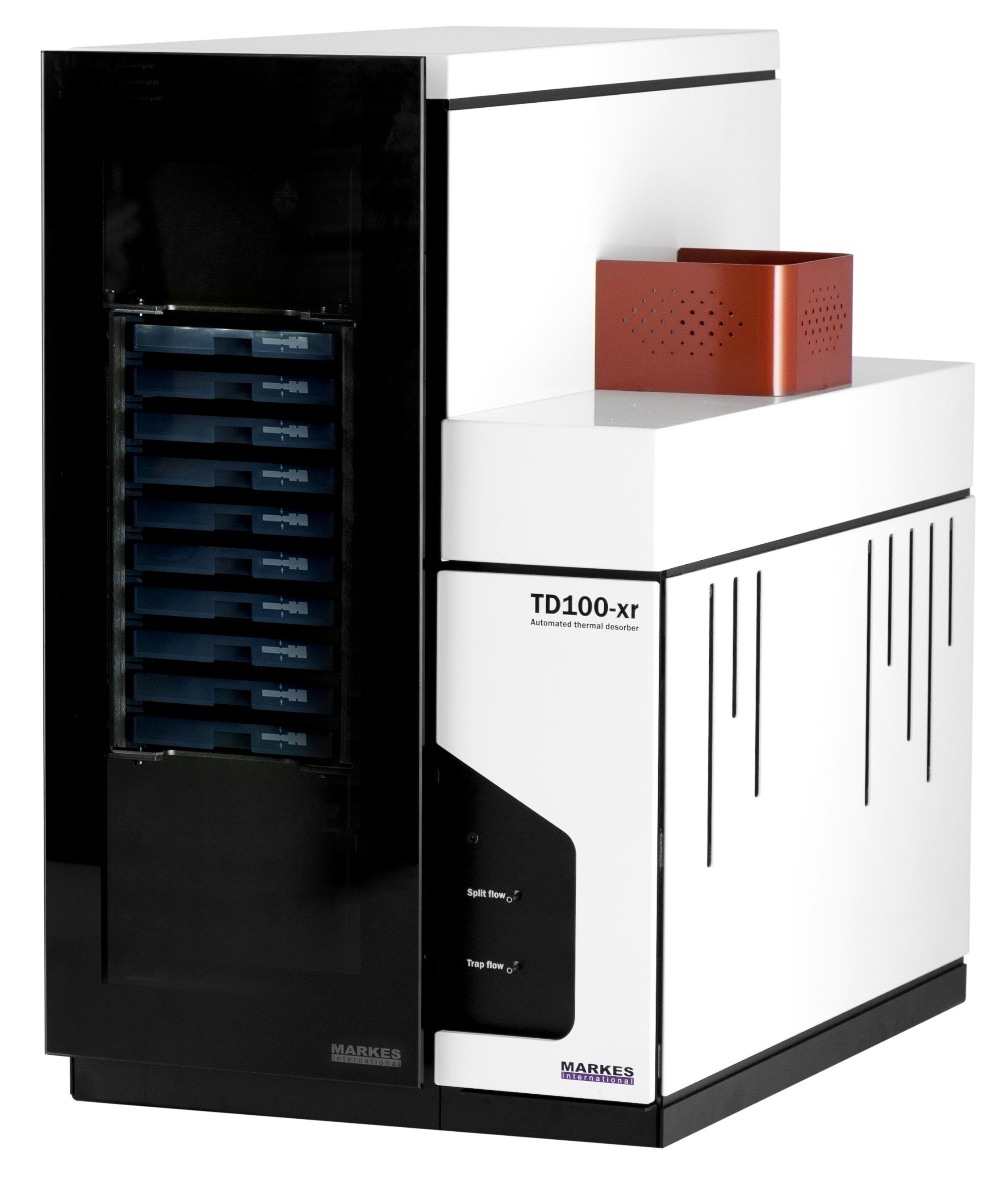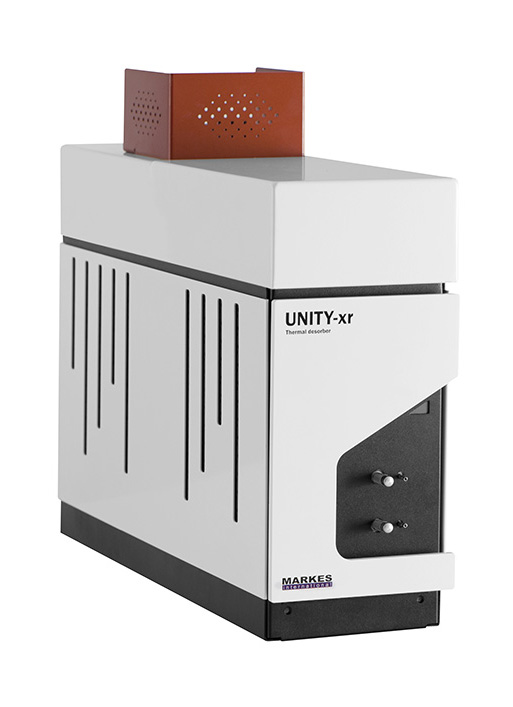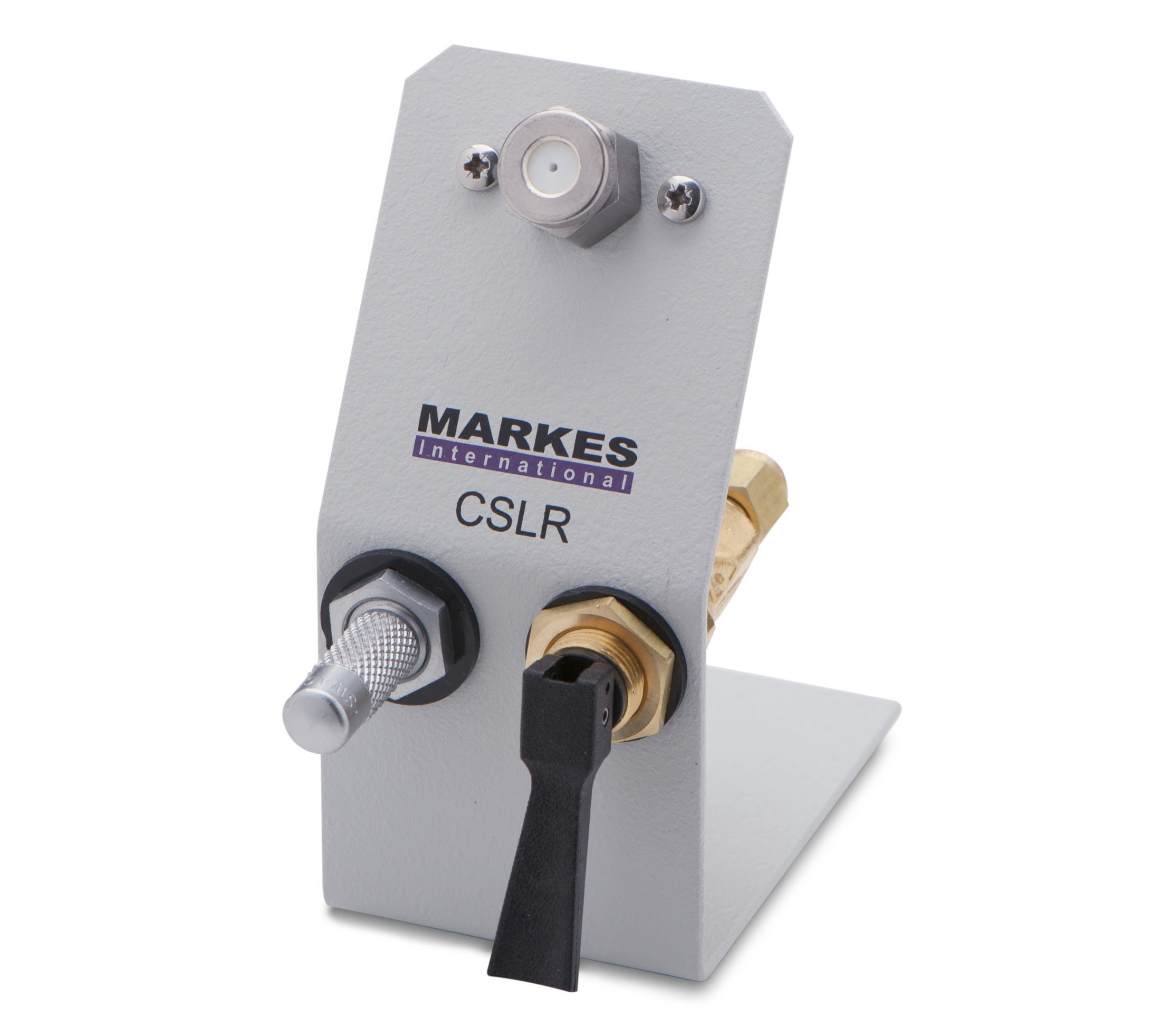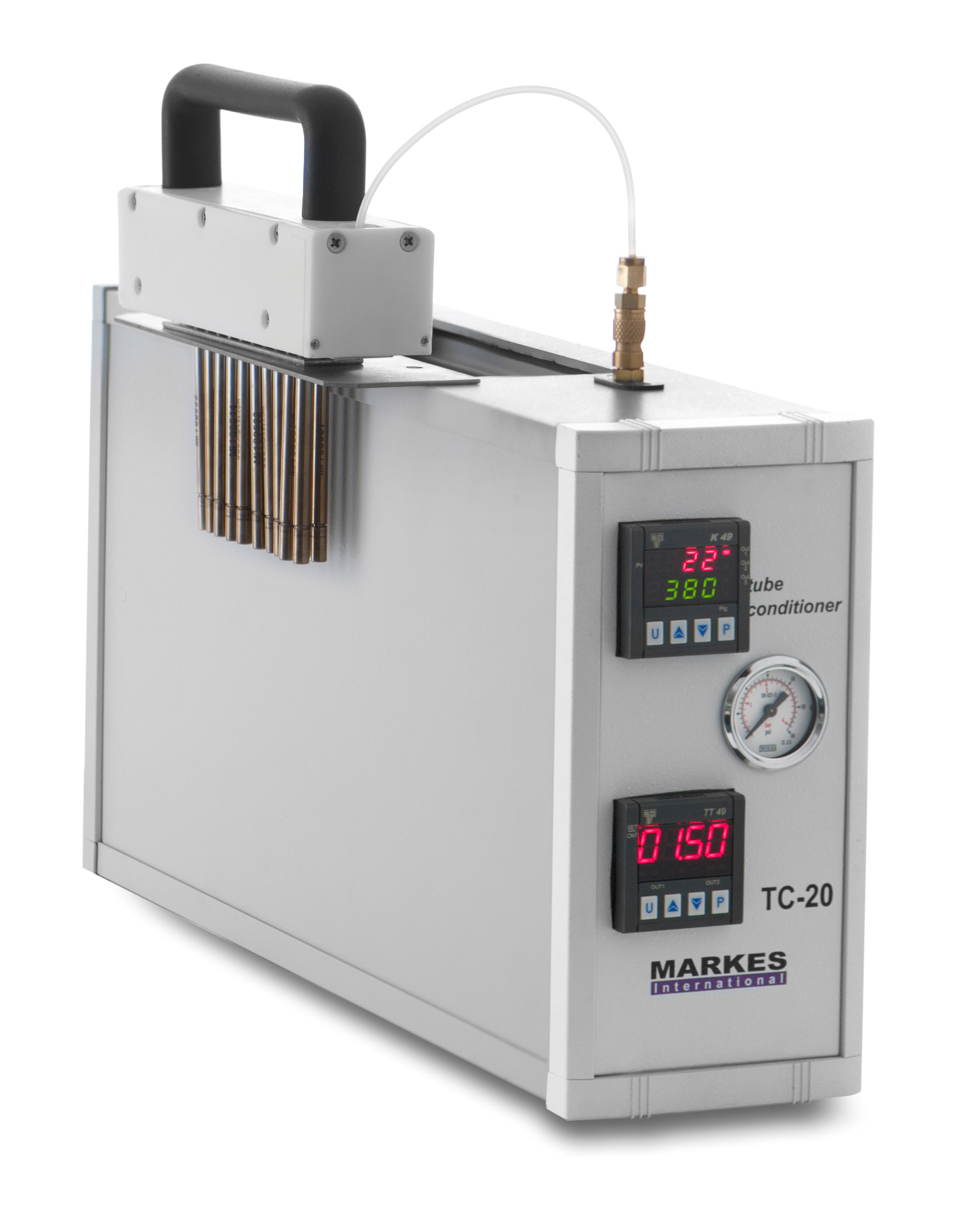What are PFAS compounds?
 Per- and polyfluoroalkyl substances (PFAS) are a large class of fluorinated organic chemicals of environmental concern.
Per- and polyfluoroalkyl substances (PFAS) are a large class of fluorinated organic chemicals of environmental concern.
The discovery that PFAS compounds are heat- and stain-resistant in the 1940s has led to their widespread use in items such as carpets, clothing, furniture fabrics, paper packaging for food and non-stick cookware.
Unfortunately, these properties also mean that PFAS compounds are problematic for the environment and have earned them the nickname – “Forever chemicals”.
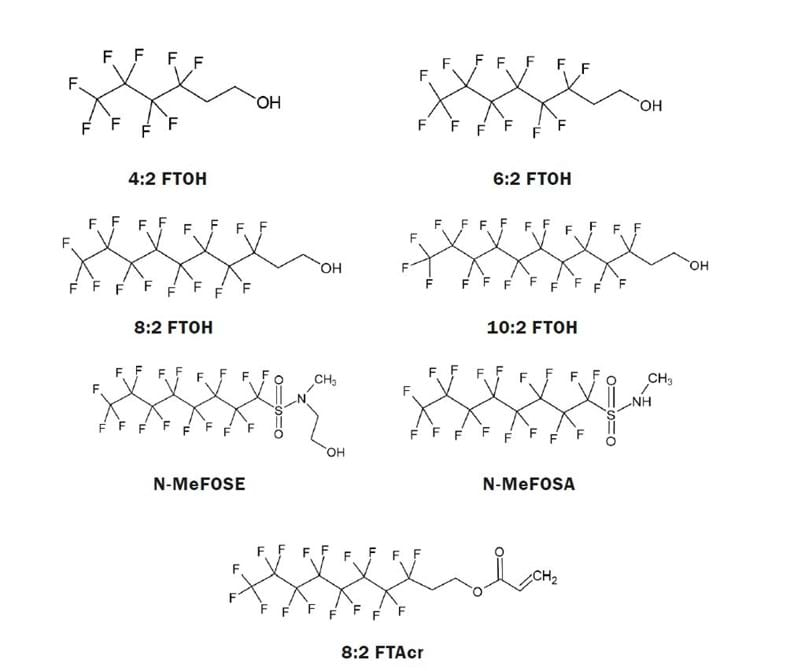
Why the increased interest in PFAS compounds?
PFAS are considered environmental pollutants and have been associated with different types of cancers, developmental toxicity and immunotoxicity.
Analysis of these compounds in air has become increasingly important, but it’s estimated that the PFAS family includes approximately 5000 to 10,000 chemicals. Longer-chain PFAS compounds have begun to be phased out in many parts of the world, to be replaced by more volatile, shorter-chain (<C8) PFAS compounds.
However, there is limited information on their environmental fate and effects on human health. Also, their volatility makes them more likely to be in higher concentrations in air. As a result, research is being driven by a rapidly evolving regulatory landscape, especially for drinking water and wastewater.
Regulators and scientists worldwide are also investigating how PFAS is transported and introduced into air, and how these are linked to the exposure pathway for humans. Current analytical techniques to tackle this application are not optimised and there is a lack of standardised methodologies; however, investigations are ongoing and method development is underway.
Sampling and analysis of trace PFAS in air
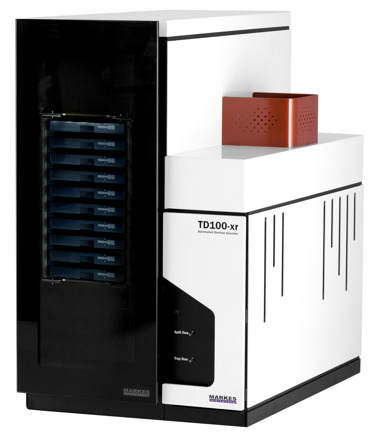 Screening for thousands of targeted and non-targeted analytes at ultra-low levels from complex uncharacterised atmospheres (i.e., indoor/in-vehicle air, landfill gas and industrial air) is a challenge for PFAS analysts.
Screening for thousands of targeted and non-targeted analytes at ultra-low levels from complex uncharacterised atmospheres (i.e., indoor/in-vehicle air, landfill gas and industrial air) is a challenge for PFAS analysts.
Also, the identity and levels of PFAS compounds present in real environments is not yet known, which means that unknown (non-target) PFAS are often just as important to regulators and researchers as known target compounds.
Fortunately, the analytical technology required to tackle the challenge is already available: modern analytical TD–GC–MS systems were designed specifically for monitoring trace-level organic vapours.
Further, sampling using sorbent tubes for analysis with TD–GC–MS enables the detection of both targeted compounds, such as fluorotelomer alcohols (i.e., 4:2, 6:2, 8:2 and 10:2 FTOH) and short-chain perfluorinated carboxylic acids (PFCAs), and non-targeted species of interest, such as fluorotelomer acrylates (FTAcrs), FOSE (perfluorooctanesulfonamidoethanol) and fluorotelomer sulfonamides (FOSAs).






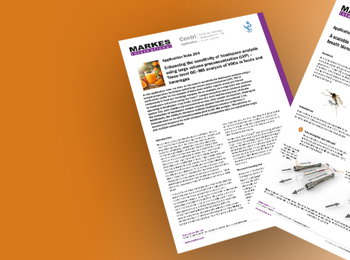

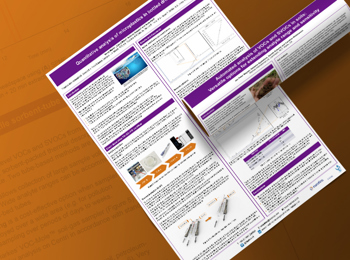
![Markes TD Brochure Hero3 Corepurple[2]](/media/zmscvqds/markes-td-brochure-hero3-corepurple-2.jpg?cc=0.55128205128205132,0,0,0&width=350&height=260&v=1d660d04edbcca0)
